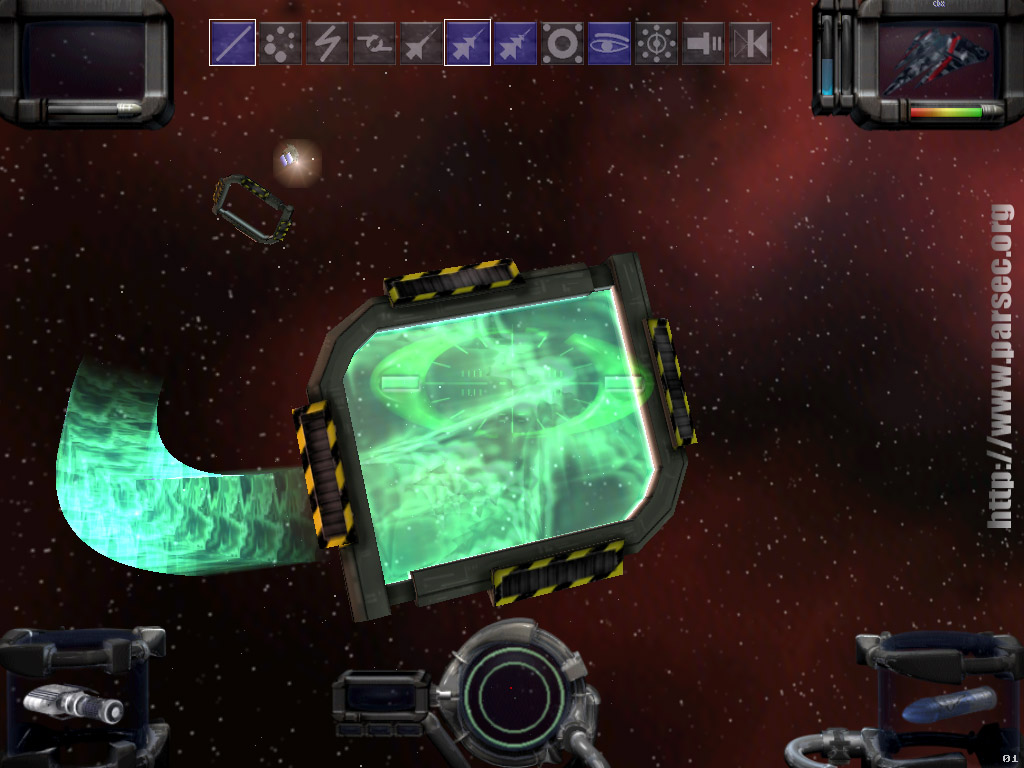

Our solution, implemented in production form in the PaRSEC environment, focuses on developing a programming paradigm that can both expose and dynamically manage massive levels of parallelism while delivering performance portability across heterogenous systems. Moreover, the fact that the amount of available parallelism will vary dynamically means that it is problematic to rely on known techniques, such as MPI+X, to consistently exploit all of the potential concurrency. Programming models that cannot expose and exploit such vast amounts of parallelism, even as it varies dynamically in response to ongoing system conditions, will struggle to reach exascale or even near exascale. It is widely agreed that this unprecedented increase in concurrency-at least three orders of magnitude-is among the most formidable challenges of extreme-scale computing. WHY?Įxascale computing will require many system architecture changes, including a drastic increase in hardware parallelism.

The Distributed Tasking for Exascale (DTE) project plans to further develop these PaRSEC features for the Exascale Computing Project (ECP)-in terms of scalability, interoperability, and productivity-to line up with the critical needs of ECP application communities. These features comprise a development framework that supports multiple domain-specific languages and extensions and includes tools for debugging, trace collection, and analysis. It's just the global picture that changes a lot.The Parallel Runtime Scheduling and Execution Controller (PaRSEC) environment provides a runtime component capable of dynamically executing on heterogeneous distributed systems along with a productivity toolbox.

Of course, this is all fairly model-dependent, but the general expectation for any model is that very little will change locally for any given star system (or even star cluster), due to the low density of stars. There may be a few exceptions, the most notable being the expected merger of the supermassive blackholes, but in the overwhelming number of cases the structure of a star system won't be altered. Still, if any of these stars have planetary systems of their own then it is unlikely that those systems will be significantly disrupted. Some stars' orbital paths will undergo drastic alterations over the course of the merger (which is expected to take a few billion years), and may be flung into the halo or completely ejected from the merging system. The existing star(s) will still have the overwhelming influence over their own systems, since other stars are simply too far away. The orbital paths of stars themselves may see significant changes, but the disturbing influence generally won't extend to structures on the scale of a solar system. That's a very tiny fraction of 1% for even the biggest stars, and much, much, much tinier for stars more like our Sun. If the Oort Cloud has a diameter of 2 light years (I think it's a bit less than that, but numbers vary), that's a radius of 1 light year, and the Solar System to the Oort Cloud has a volume of $\frac$ that of sun, which still makes the cubic light year ten orders of magnitude larger. I've always found that somewhat strange when they say no stars will hit out of billions, but I also trust the scientists that they know their stuff.


 0 kommentar(er)
0 kommentar(er)
